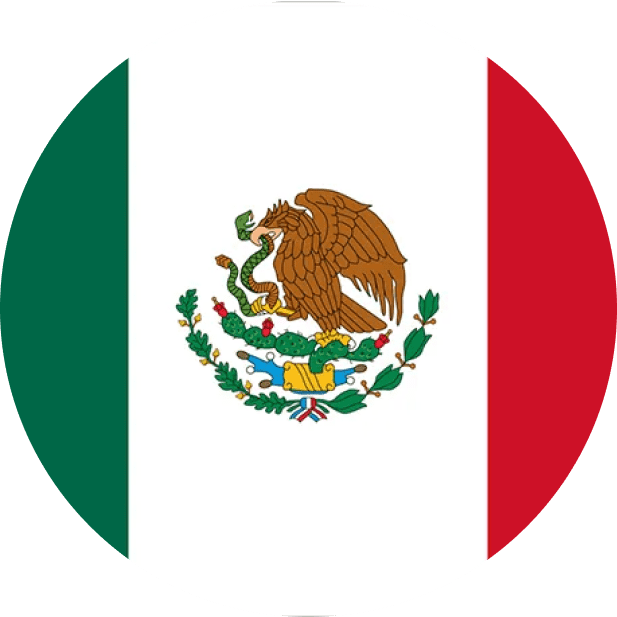If you’ve been working in an organization long enough, you’ll probably be able to identify who the “go-to” individuals in your team were. Every organization has informal “go-to” teams and individuals you can count on to get things done. They are the reliable ones who always seem to know, colloquially, “the way things are done around here.”
Got a budget question? “Peter from Finance is the guy for you.”
Want to run a marketing campaign idea by someone before pitching it to the Marketing Manager? “Fiona from Social Media Marketing would be a good gauge for some helpful feedback.”
These informal, spontaneous and critically important connections are the life force of organizations worldwide. The world is built on connections; as they grow closer, so too, do organizations. Although, connections don’t always happen in predictable ways or between the people and sections of the company that would most benefit from closer connections. So, if you want to build an effective organizational network design, you must understand where these critical conditions and nodes currently exist and where they should exist.
Beyond the Organization Chart
By definition, an organization chart shows the structure of an organization and the relationships and relative ranks of its people and positions. The truth is that anyone's understanding of how businesses operate can be obscured by ambiguous job titles, complex organisational charts, and ambiguous job descriptions. And trying to impose formal lines of reporting as a means of collaboration will fall short of the organic networks that develop when people find coworkers who make their jobs better, simpler, and more fulfilling.
Companies that are simply unaware of how information is stored and shared through employee networks can become misaligned and debilitated by leadership politics instead of encouraging productive collaboration.
You can develop a business strategy that maximises organic information exchange by visualising and analysing formal and informal relationships within your organisation. This will help your company become more sustainable and successful.
The process of visualising how information, communications, and decisions move through an organisation is called organisational network analysis (ONA). Organizational networks are made up of nodes and ties, which provide the foundation for understanding how information flows, can flow, and should flow in your organisation.
What is Organizational Network Analysis (ONA)?
Every organisation has individuals (or "nodes") who act as vital conduits for the exchange of ideas and knowledge. When necessary information is exchanged, a connection adds value. These are the nodes and ties that form the core elements of Organizational Network Analysis.
Central Node
These are the individuals who appear to know everyone. Central nodes quickly share a large amount of information and influence groups. Central nodes can be found anywhere in the organisational hierarchy, are frequently well-liked, and are very interested in business news and developments.
Knowledge Broker
These people serve as a link between various groups. Without knowledge brokers, the exchange of information and ideas comes to a halt.
Peripheral
High-potential peripherals can pose a risk to organisations because they are simple to overlook and disconnected from the rest of the business. For instance, exceptional Java programmers who don't impart their knowledge of best practices to others slow down product development and are more susceptible to being persuaded to use their skills elsewhere.
Ties
Nodes have ties with one another in both formal and informal ways. It is easier to ensure that useful information moves easily between and within groups when optimal relational ties are established between central nodes and knowledge brokers.

ONA's fundamental components are these nodes and ties. It is much simpler to spot crucial connections and potential obstacles to communication and collaboration when the relationships between nodes and ties are visualised. To improve information sharing and get rid of redundancy, ONA shows where central nodes might have the biggest impact or where you should forge stronger connections.
Why is Organizational Network Analysis such an important area?
In his conversations with people analytics teams, People Analytics leader David Green says that the topic of Organizational Network Analysis invariably comes up as a talking point. According to him, it is the number one technique that people analytics leaders want to learn more about. The reason behind the rise of ONA? Since organisational structures are becoming less hierarchical, ONA can reveal what is going on within your organisation.
It’s just as he states in the famous article penned by him in 2018 -
“The way organisations work continues to shift from the traditional hierarchies and bureaucracies prevalent in the 20th Century to more agile enterprises founded upon teams and networks of teams. ONA can provide a fresh lens into how these teams and networks really collaborate and behave, and how work really gets done.”
“Moreover, ONA provides insights that can unlock innovation, drive productivity and improve performance whilst at the same time enhancing employee experience and wellness. These are all areas that are front-of-mind for CEOs and business leaders as they seek to create the climate and culture that drives competitive advantage and business success.”
If you want to learn more about the fundamentals of Organizational Network Analysis, you can read David Green’s fascinating and informational article on his website here.
What are the practical uses of ONAs?
Now, while organisations do claim to understand the impact of investing in Organizational Network Analysis, they still fall short in utilising the insights gleaned from the analytics. Paul Leonardi and Noshir Contractor from Harvard Business Review have a theory about that.
According to it, people analytics teams have mostly focused on employee attribute data, which consists of two kinds: Traits and State. The characteristics of people—such as their ethnicity, gender, and employment history—that remain constant are known as their traits. State refers to the characteristics of people that are subject to change, such as their age, education level, commute distance, absences from work, length of employment, and other factors.
Although attribute analytics is necessary, it isn’t always sufficient. Whereas relational data captures the relationship between individuals in an organization, for instance, the communication between two people in different departments in a day. Relational Analytics (another name for Organizational Network Analysis), therefore, studies the science of human social networks.
Relational analytics, according to Leonardi and Contractor, has six signatures that can be used to predict certain characteristics at the employee, team, and organisational levels. The six signatures include:
1. Ideation: employees come up with innovative ideas.
2. Influence: workers who have the power to persuade others to change their behaviour
3. Efficiency: Teams that are more likely to finish projects on schedule
4. Innovation: Teams that are most effective at innovating.
5. Silos: how and where organisations are divided
6. Vulnerability: employees that the organisation cannot afford to lose
Read this interesting article from the Harvard Business Review for more information on each of these practical applications and how to spot these characteristics.
Final note
The way people connect, collaborate, and make decisions at work is changing as a result of evolving trends in technological innovation, human connectivity, business dynamics, and globalisation. The following are some of the potential benefits of using ONA to inform organisational design efforts:
- Improve operational effectiveness by establishing a structure that encourages collaboration and the exchange of information among the appropriate people.
- Identify formal and informal leaders who can be relied upon to facilitate change and aid in accelerating the realisation of transformation benefits to transform organisations more intelligently.
- Reduce role redundancy and confusion to better utilise talent. To accelerate growth, manage change, and build agile networks of teams for long-term competitive advantage, the savvy executive can have the depth of analysis needed.




































.webp)
%20copy%20(1).webp)












